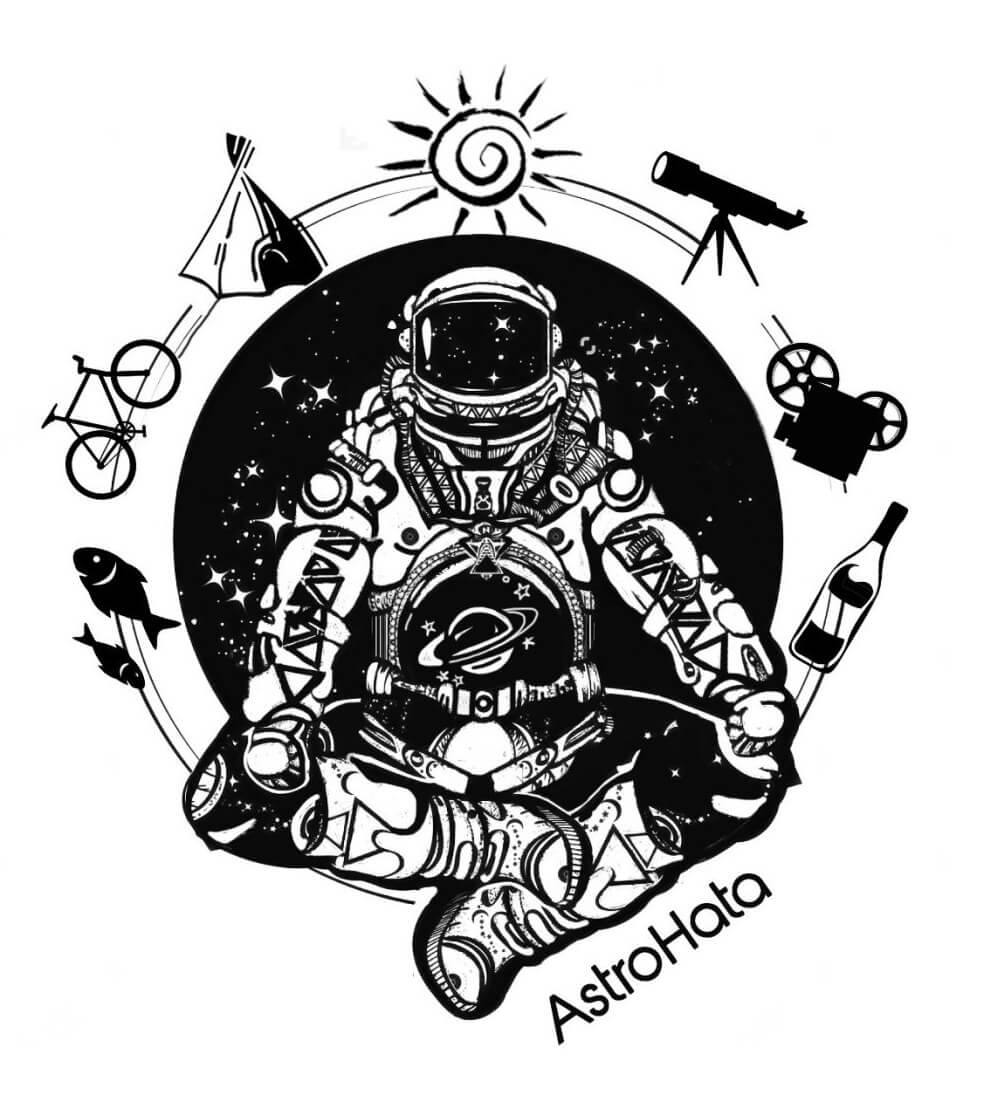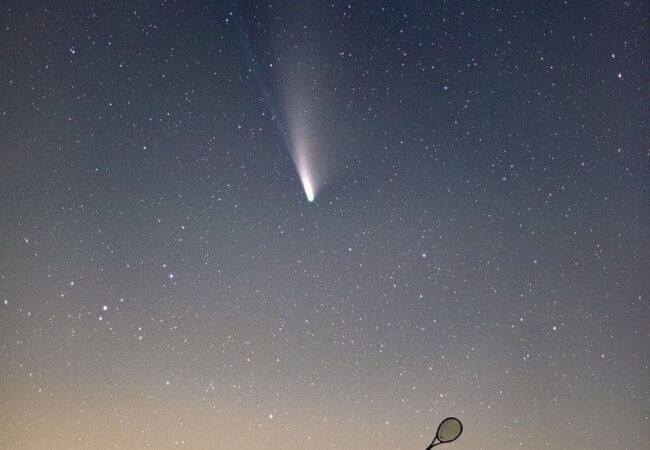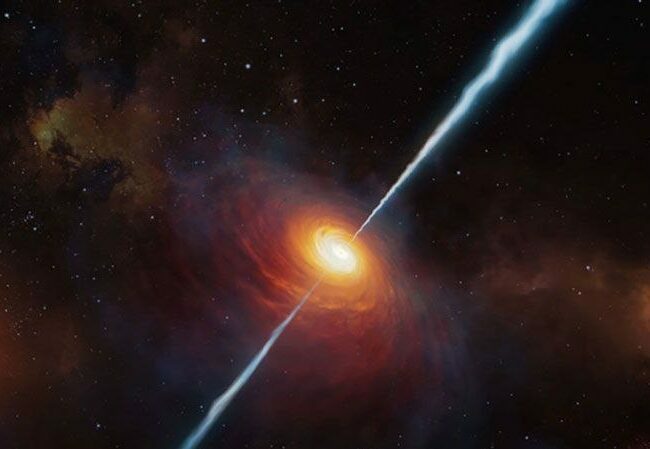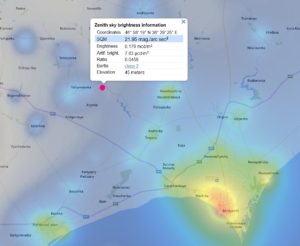Stars are giant balls of hot gas composed mainly of hydrogen and helium. And why are they hot and bright? Thanks to nuclear fusion, temperature, pressure and mass are all in a delicate balance up to a certain point. 99% of the mass of our solar system is the Sun. It is not for nothing that our Star has been compared to God since ancient times. And when the first ray of the Sun touches your face in the morning - remember space, #Astrohata and red dry of course)...
Continue readingNews
#Astrokhata about serious things. There is speculation that comet C/2023 A3 will have a brightness of -2.5 to -3 m this October and will actually become the brightest this decade, if it survives its approach to the Sun, of course. So everyone I know and don't know must live to see this event to tell posterity. Look up and under your feet, my dears...
Continue readingIf we wanted to reach the nearest star after the Sun, Proxima Centauri, by car, it would take us about 50 million years at a speed of 100 km/h. From this we can come to an interesting conclusion - the main resource of our life is this TIME and also the mind so as not to waste this time in vain. #Astrokhata is still under occupation, but we hope for the best. www.astrohata.com Our Telegram - https://t.me/astrohatacom Instagram - https://www.instagram.com/astrohata/ #Sun #time #proximacentauri...
Continue readingYou can endlessly look at water and fire, but the most magical thing is open space. At the center of the Heart Nebula (IC 1805) is the star cluster Melotta 15, which illuminates the surrounding gas and dust. In addition, there is also the Soul Nebula (IC 1848). And all this is about 7500 light years away from us in the constellation Cassiopeia. In the heart, the soul is still the astronomers of romance) #Astrokhata is still under occupation, but we hope for the best. www.astrohata.com Our Telegram - https://t.me/astrohatacom Instagram...
Continue readingThe light of the Sun goes to the Earth, breaking the bushes and overcoming the barchans of the internal resistance of our star for 30 thousand years. That is how much time photons need to make their way from the center to the surface of the star. But after that, they need only 8 minutes to touch the Earth and warm the tired hands of the mortar commander with their warmth. The conclusions today are that the light will still overcome the darkness, but it may take a long time... #Astrokhata is still under occupation, but we hope for the best. www.astrohata.com Our...
Continue readingToday it's about black and white. There is one small but interesting satellite of Saturn - Iapetus. One hemisphere of Iapetus is black as pitch, and the other glistens like snow. It is still not known for sure why this icy block in space is so clearly divided into light and dark. However, that's not all - along the equator of Iapetus runs a series of unnaturally level mountain peaks called Iapetus Wall (height 13 km). There is a theory of its origin - Iapetus once had a ring in orbit, which fell to the surface of the satellite under the influence of gravity. There...
Continue readingI think Ukrainians got the ability to adapt from the Heavenly slow-walker and this is what she can do - * + 150 degrees and - 273 C * withstand a pressure of 6000 atmospheres * radiation of 500 thousand roentgens (while the lethal dose for a person is only 500 roentgens). * can starve for decades (this is not about us) * More than 100 years without water. * 30 years can be under water at a temperature of -20 °C * the tardigrade has legs, a mouth and teeth * two years - in liquid oxygen at −193°C. * Can be in outer space without problems * The speed of...
Continue readingQuasars are the brightest objects in the universe (except for supernova explosions). They are also called Lighthouses of the Universe. This is roughly what the quasar P172+18 and its radio jets look like. So far, it is the most distant quasar ever discovered. It is so far away that its light has taken about 13 billion years to travel to us: we see the quasar as it was when the universe was only about 780 million years old. So let our inner light fly through the entire universe and not go out. #Astrokhata is still under occupation, but we hope for the...
Continue readingAnyone who closely follows my work knows that there are already all the prerequisites for creating ultra-fast Internet, and here's something else - StarLink has announced the launch of special satellites into space that will be able to provide 4G services from space for ordinary smartphones. The service is called Direct to Cell and is being launched alongside Tmobile. In 2024, only messages will be available, then voice and data will be added in 2025. In the future (to which we still have to live) ordinary telephones will work directly through satellites all over...
Continue readingContinuing the theme of the microcosm - last year The Nobel Prize in Physics was awarded for the future quantum internet. This is the name of the communication networks through which not just electrons or photons travel, but electrons and photons that preserve their quantum states. The main thing that the transmission of quantum states provides (at least theoretically) is the fundamental impossibility of eavesdropping or changing the message, that is, the absolute security of communication. Quantum entanglement is described as a connection between photons that...
Continue reading





















